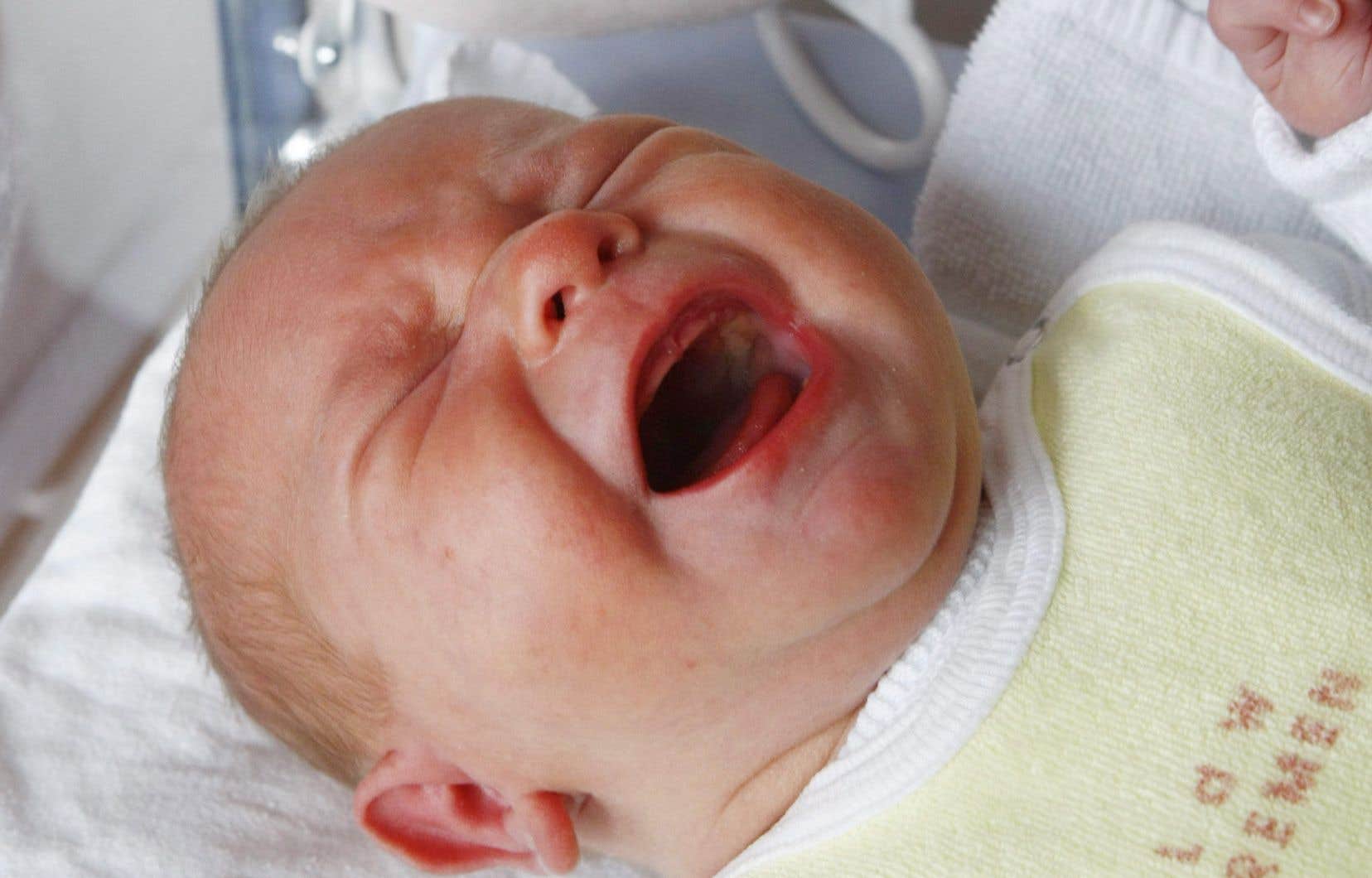The result of three years of clinical studies in a hospital environment, an application that uses artificial intelligence (AI) interprets baby’s cries to offer parents the most likely scenarios that cause these cries.
The application, named Nanni AI, was developed by Ubenwa Health, a company of Mila – Quebec Institute of Artificial Intelligence, which launched in 2022 on the neonatal health scene. It captures the baby’s cries to offer parents possibilities that make the baby cry (hunger, pain, fatigue, emotion or discomfort).
Then the application makes recommendations to find out more precisely what the problem is. For discomfort, she might suggest that the diaper is full, that there may be something scratchy in the diaper, that the room temperature is too hot or too cold.
Florent Voumart, head of operations at Ubenwa Health, acknowledges that there is a margin for error and emphasizes that this does not replace parental competence. “The idea is to provide parents with the tools to make the next decision,” he says. Because anyway when the baby cries, sometimes the first thing you try doesn’t work, so you try a second thing. »
In the first months of life, the baby does not choose to cry, says Mr. Voumart. “Crying is a reflex controlled by the central nervous system. It’s a signal and we (wondered) if we were capable of processing the signal to understand it,” he explains.
Mr. Voumart mentions that a six-month-old baby will not cry the same way as a newborn. His parents will also have learned. They will need this functionality of the application less since the more the baby grows, the more he interacts with his environment and with his parents.
Help more than replacement
Guillaume Dumas, researcher at the Azrieli Research Center at CHU Sainte-Justine and associate professor in the Department of Psychiatry and Addictology at the University of Montreal, is cautious about this type of application which can benefit from the enthusiasm around of AI to attract parents who have questions about their baby’s crying. “I would have a precautionary principle,” says the researcher. We must be vigilant and differentiate between marketing speeches and scientific validation. »
Mr. Dumas sees Nanni AI as a statistical indicator. The app indicates that there is a greater chance that the crying is caused by one problem rather than another. “It’s still different than saying that we are going to translate what the baby’s cries mean,” he explains.
According to him, “a mother can feel things that cannot be mathematically modeled for AI”. However, he believes it’s entirely possible that an app could deduce that crying means the diaper is wet.
Mr. Dumas, who is also an associate professor at Mila – Quebec Institute of Artificial Intelligence, sees several advantages relating to Nanni AI. It can provide new forms of information for parents when subtleties in crying may have escaped them.
We must see the tool more as an aid than a replacement, maintains Mr. Dumas.
Mr. Voumart agrees. “We built the application to be more than a baby translator,” he says. This is the flagship feature, the one that gets talked about the most because it is the one that required the most work and is the most difficult to understand and develop. But we wanted to create a universe that really helps parents manage their daily life with their baby. »
Other features of the app include a practice area where you can replay the cry and try to guess the cause. There is also a chat assistant which is programmed to provide information to parents. They can also document their baby’s progress, notably by voice command, indicating that their child is sleeping or has woken up.
This allows the data to be used to see if the baby is growing normally, for example by checking if they are sleeping the appropriate number of hours based on their age. The data also makes it easier to discuss with a pediatrician during medical appointments.
Caution
However, such an application comes with its share of risks. Mr. Dumas believes that it could encourage a disengagement of parents in the desire to understand their child’s cries and leave that to the algorithm. “It’s a slightly more psychological risk, in the same way that by using GPS a lot, people lose their sense of direction,” he illustrates.
The application could also attenuate their sensitivity, believes the researcher. “It’s important to maintain this curiosity and not rely on a turnkey solution like this,” says Mr. Dumas. He adds that the application has a set number of possible reactions and that certain subtleties may escape it.
Nanni AI was designed after three years of clinical studies carried out in hospitals in Africa, South America and North America (in Montreal). During the research, the cries were annotated on site by a doctor, a nurse or the parent.
Since its creation, Nanni AI has translated over a million baby cries. “The model is improving day by day, as we collect more tears,” underlines Mr. Voumart.
He explained that initially the studies were done with the aim of deepening knowledge on the link between baby crying and neurological disorders.
“Today, it’s help for parents. In the future, our research shows that it is really possible to find and detect risks of neurological disorders only through crying, says Mr. Voumart. We want the hospital world to wake up to the fact that a baby’s cry is a vital sign, just like temperature or pulse. »
He argues that there is “extremely strong information” in babies’ cries. Using this information could have a significant impact on children’s health, believes Mr. Voumart, who adds that this is the future of this application. He is convinced that within a few years, babies’ cries will be used to help establish a health check for newborns.
The Canadian Press’s health content receives funding through a partnership with the Canadian Medical Association. The Canadian Press is solely responsible for editorial choices.
